The Moscow Metro is far more than a mere transportation network; it is often referred to as the “Underground Palace.” Renowned globally for its stunning, often palatial architecture, deep-seated history, and sheer scale, it is an essential part of the Moscow experience. For newcomers, however, the system’s size, speed, and Cyrillic signage can be initially intimidating. Mastering the art of Navigating Moscow’s Metro System is the key to unlocking the city efficiently and affordably, allowing seamless movement between world-class museums, historic parks, and business centers. With over 250 stations and a labyrinth of intersecting lines, a strategic approach is mandatory to make your metro experience an asset, not an obstacle.
The Metro at a Glance: History and Scale
Inaugurated in 1935, the Moscow Metro was designed not just as a means of transport but as a showcase of Soviet power and public art, a “people’s palace.” Today, it is one of the world’s busiest metro systems, carrying millions of passengers daily. Understanding its structure is the first step in Navigating Moscow’s Metro System:
- The Circle Line (Koltsevaya Line, Line 5): This is the most crucial line for visitors. It forms a ring connecting all other radial lines, making interchanging between lines exceptionally easy.
- Radial Lines: These lines run from the center outwards, like the spokes of a wheel, often ending at major suburbs or railway stations.
- Integrated Payment: The system uses a unified payment method, primarily the Troika card, which simplifies travel immensely.
Essential Tools for Navigating Moscow’s Metro System
While admiring the marble columns and chandeliers, you still need to get to your destination. Relying solely on the Russian-only physical signs can be challenging.
1. Digital Maps are Your Lifeline
Forget the paper map. The single most valuable tip for Navigating Moscow’s Metro System is to use a reliable, up-to-date digital mapping application.
- Yandex.Metro: The official and most accurate app, available in English. It calculates the fastest route, including the platform-to-platform walking time for transfers, and even estimates the time the next train will arrive.
- Google Maps/Apple Maps: Both services are highly effective in Moscow and provide accurate route planning for the Metro, bus, and surface transport. Crucially, they use the English names of the stations.
2. Mastering the Payment System: The Troika Card
Purchasing single paper tickets is inefficient and expensive. The Troika Card is the equivalent of London’s Oyster or New York’s MetroCard.
- How it Works: It’s a refillable, plastic card that can be used on the Metro, buses, trams, and trolleybuses. Simply tap it at the turnstile. The initial deposit for the card is small and fully refundable when you return the card.
- Refilling: Cards can be refilled at ticket windows (Касса) or automatic machines in the lobby of any station. Some newer kiosks offer English language options, simplifying the process of Navigating Moscow’s Metro System’s financial side.
Understanding Stations and Transfers
The greatest challenge in Navigating Moscow’s Metro System often lies in the transfers, where multiple lines connect. Many transfer points share names but are architecturally separate.
- Look for Signage: Newer stations and major transfer points now feature clear blue-and-red signs with English translations. Look for the sign “ВЫХОД В ГОРОД” (Exit to City) and the corresponding street names.
- Recognize Line Colors: Every line has a designated number and color (e.g., Red Line 1, Green Line 2). Pay attention to the color on the overhead and tunnel signs, as this is the universal language of the Metro.
- Learn Station Names by Sound: While most modern trains announce stops in both Russian and English, some older lines may only use Russian. Learning to recognize the sound of your destination station is a helpful, low-tech hack for Navigating Moscow’s Metro System.
Uncovering the Underground Palaces: Tips for Metro Sightseeing
Many tourists consider the Metro itself a must-see attraction, and rightly so. Stations like Komsomolskaya, Mayakovskaya, Ploshchad Revolyutsii, and Kiyevskaya are architectural masterpieces.
- Travel During Off-Peak Hours: The Metro is incredibly crowded during rush hours (8:00–10:00 AM and 5:00–7:00 PM). To sightsee comfortably and without impeding commuters, plan your architectural tour for the middle of the day (11:00 AM–4:00 PM) or late evening.
- Single Loop Strategy: The Circle Line (Line 5) provides an excellent architectural tour. You can ride the entire loop, exiting briefly at the most beautiful stations to take photos, all on a single Troika charge (as long as you don’t exit the turnstiles).
- Stand on the Right: As with most fast-moving escalators globally, remember to stand on the right and walk on the left, particularly in Moscow, where some escalators are among the deepest and fastest in the world.
By adopting these simple tools and strategies, Navigating Moscow’s Metro System quickly transitions from a confusing challenge to an integrated part of your exciting Moscow journey, allowing you to appreciate its grandeur while moving around the city with the efficiency of a seasoned local.

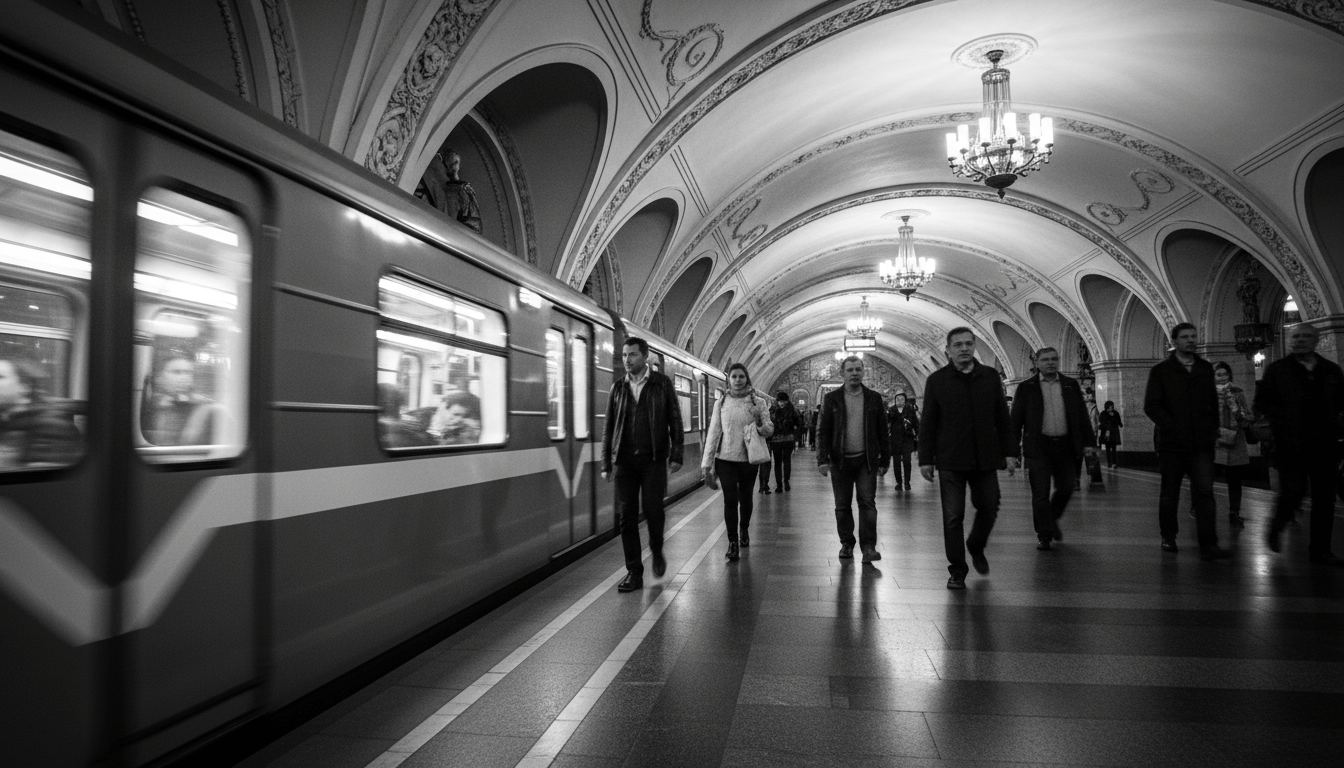 Underground Grandeur: Navigating Moscow’s Metro System Tips for Newcomers">
Underground Grandeur: Navigating Moscow’s Metro System Tips for Newcomers">

 Exploring Moscow’s Street Art and Urban Culture Hotspots">
Exploring Moscow’s Street Art and Urban Culture Hotspots">
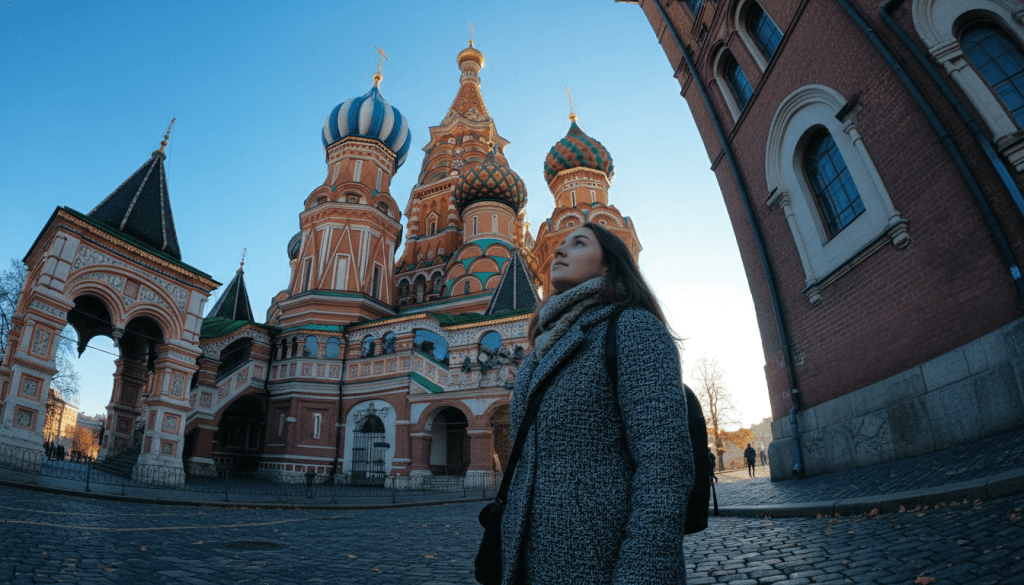 Capital Adventure: A 5 Day Itinerary for Solo Travelers in Moscow">
Capital Adventure: A 5 Day Itinerary for Solo Travelers in Moscow">
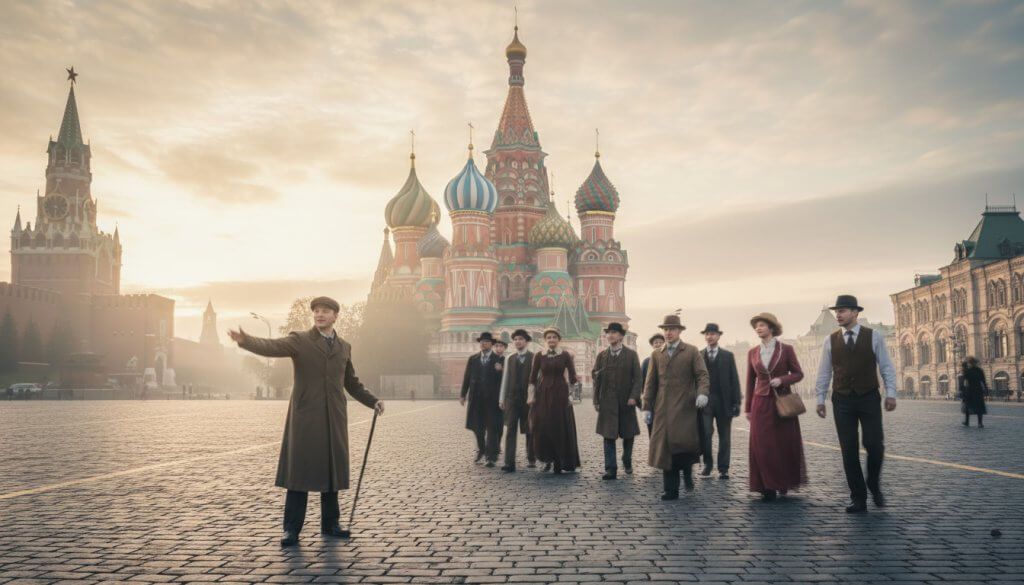 Top 10 Historical Walking Tours in Moscow">
Top 10 Historical Walking Tours in Moscow">
 Discover Moscow’s Secret Gardens and Green Spaces">
Discover Moscow’s Secret Gardens and Green Spaces">
 A Breath of Fresh Air: Discover Moscow’s Secret Gardens and Green Spaces">
A Breath of Fresh Air: Discover Moscow’s Secret Gardens and Green Spaces">
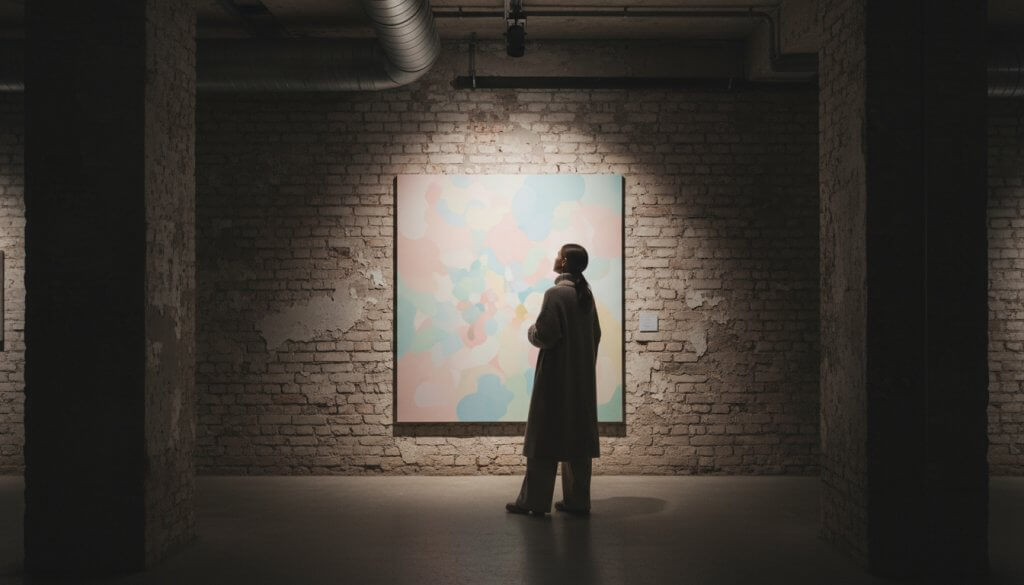 ">
">
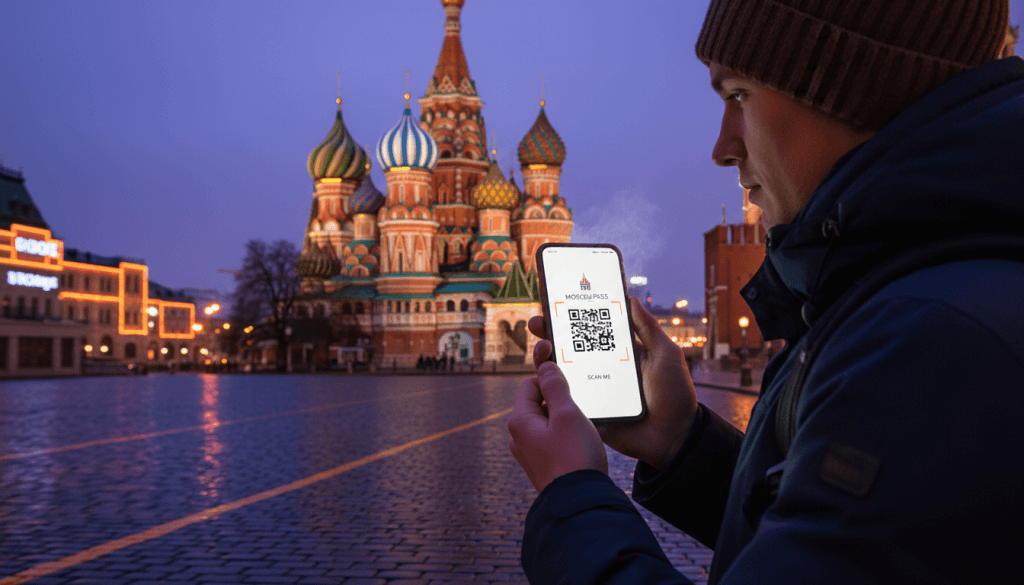 How to Use Technology to Enhance Your Moscow Trip">
How to Use Technology to Enhance Your Moscow Trip">
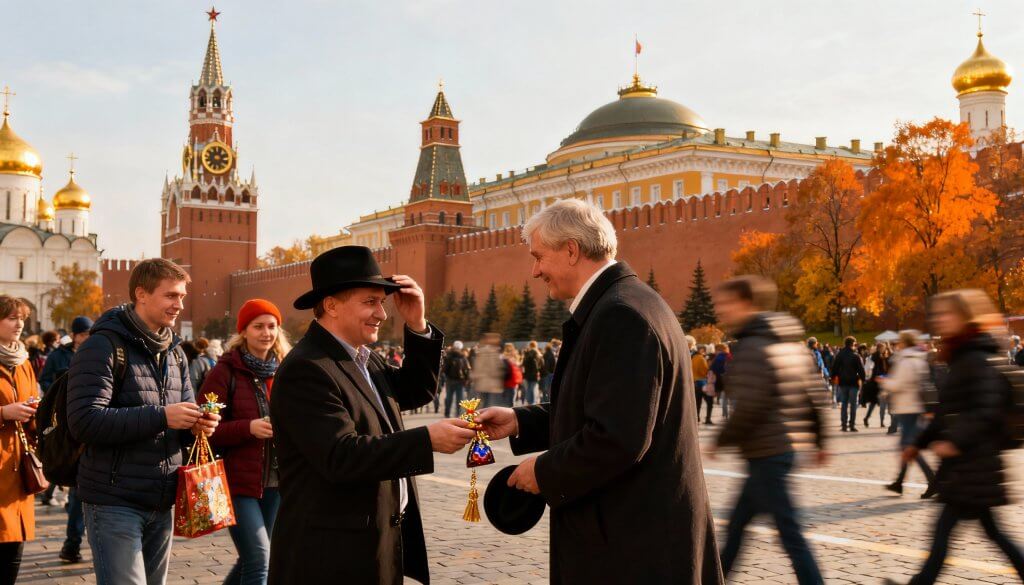 Cultural Etiquette in Moscow: A Guide for Foreign Visitors">
Cultural Etiquette in Moscow: A Guide for Foreign Visitors">
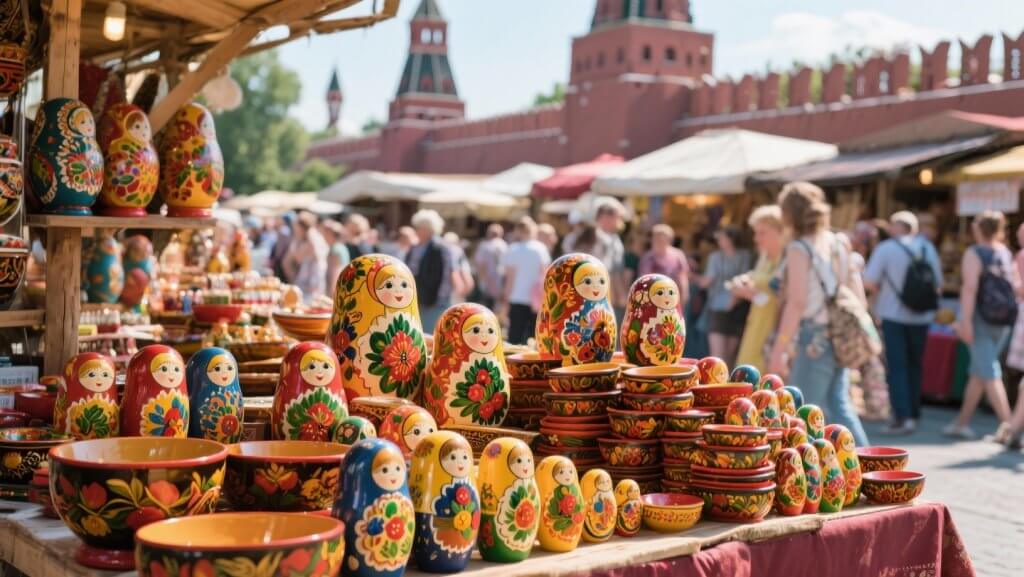 Local Markets and Where to Buy Authentic Russian Souvenirs: A Treasure Hunt in Moscow">
Local Markets and Where to Buy Authentic Russian Souvenirs: A Treasure Hunt in Moscow">
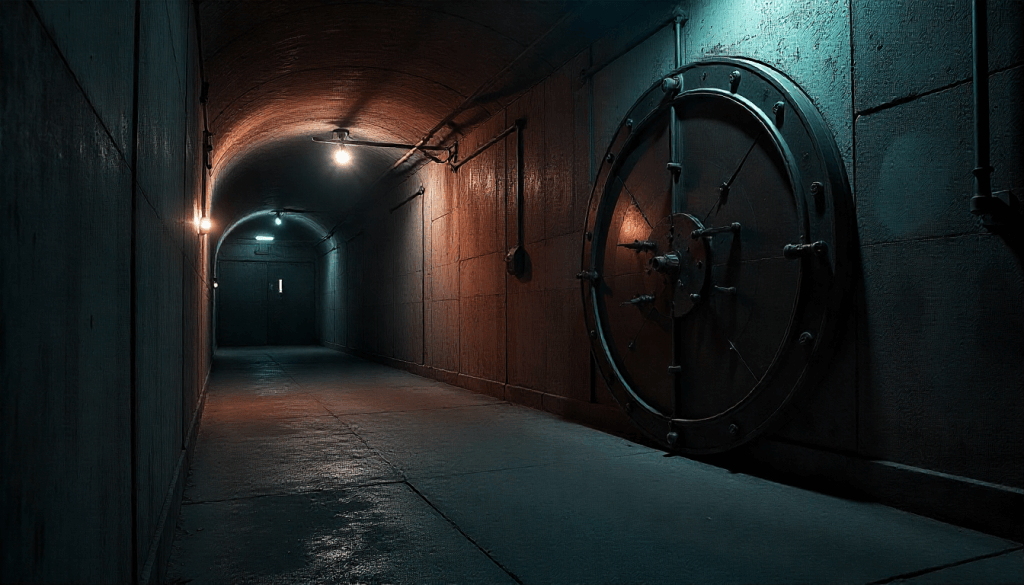 History and Mystery: Exploring Moscow’s Underground Bunkers – A Cold War Legacy">
History and Mystery: Exploring Moscow’s Underground Bunkers – A Cold War Legacy">